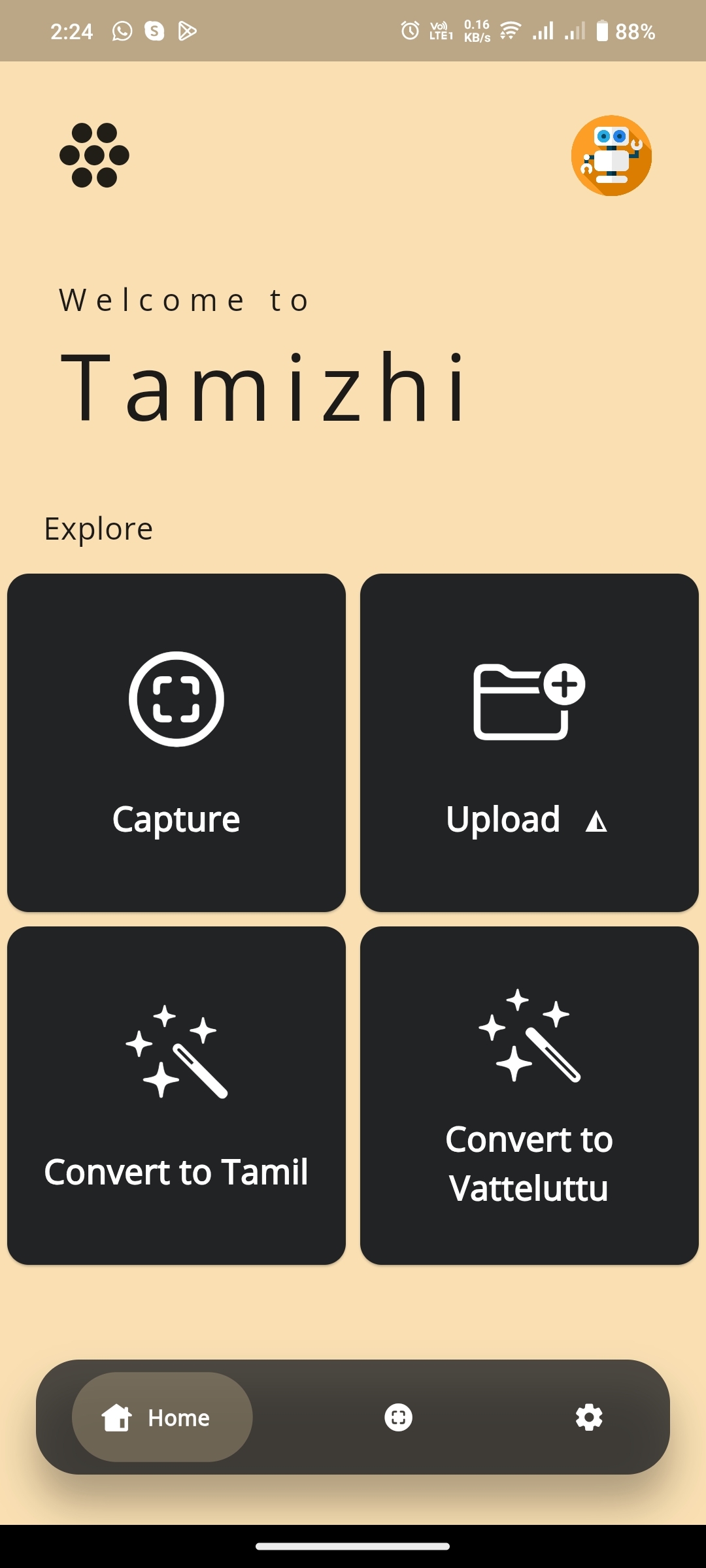


Once upon a time, in a world where modern civilizations had yet to rise, humans communicated through simple gestures and primitive sounds. Then, around 10,000 years ago, something magical happened: the first languages began to emerge. These languages transformed human history, allowing for complex communication and the birth of culture.
Ancient languages were etched into scriptures and carved into caves, preserving the stories and wisdom of early societies. These ancient tongues are like keys to the past, offering glimpses into the lives and thoughts of our ancestors. By studying them, we forge a connection with those who came before us, unveiling the roots of our modern world and understanding the profound journey of human communication.
Tamil, one of the oldest classical languages in the world, boasts a rich literary tradition spanning over 2,500 years. Originating in the southern part of India, primarily in Tamil Nadu and parts of Sri Lanka, Tamil is a member of the Dravidian language family. The language has a unique script and has been used in a variety of literary forms, from poetry to religious texts.


Vattezhuthu (வட்டெழுத்து), translating to "Vattezhuthu”, is an ancient script used predominantly between the 3rd century BCE and the 16th century CE in southern India. Recognized for its distinctive rounded characters, Vattezhuthu evolved from the Brahmi script and served as a medium for Tamil, Malayalam, and other South Indian languages. This script was extensively used in early Tamil inscriptions, offering a glimpse into the socio-political and economic life of ancient Tamil societies. Despite its decline with the rise of the Grantha script, Vattezhuthu remains a significant part of Tamil cultural heritage, influencing the development of the modern Tamil script.
The advent of AI technology offers a revolutionary approach to deciphering and interpreting ancient scripts like Vattezhuthu. Leveraging AI for this purpose is essential for several reasons:
By leveraging AI, we can unlock the rich heritage encapsulated in the Vattezhuthu script, making ancient Tamil texts accessible and preserving an invaluable part of human history. This fusion of modern technology and ancient culture bridges the gap between the past and the present, paving the way for future explorations in historical linguistics.


